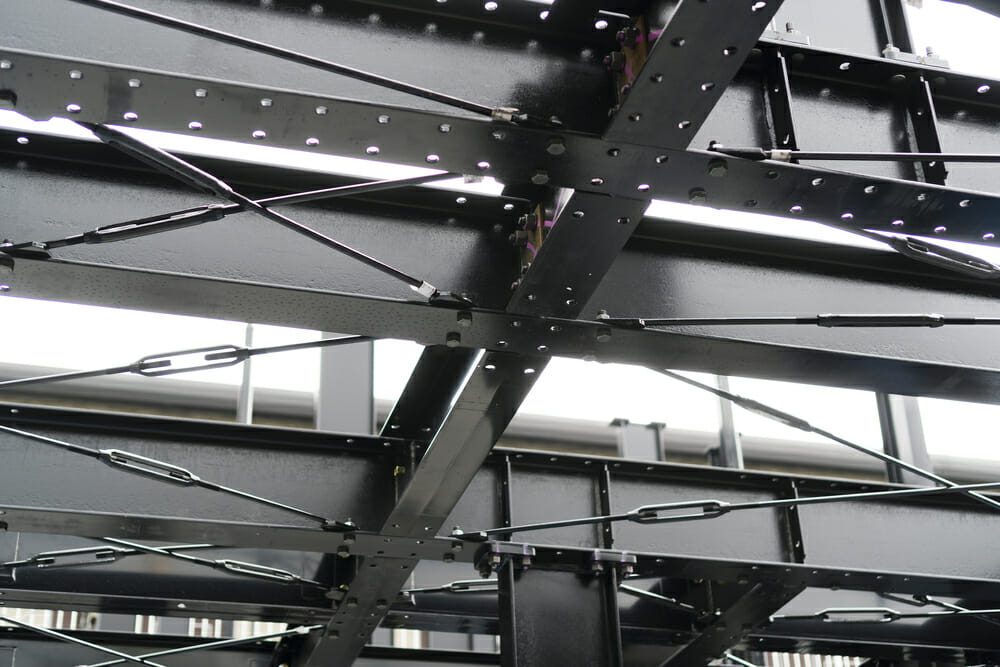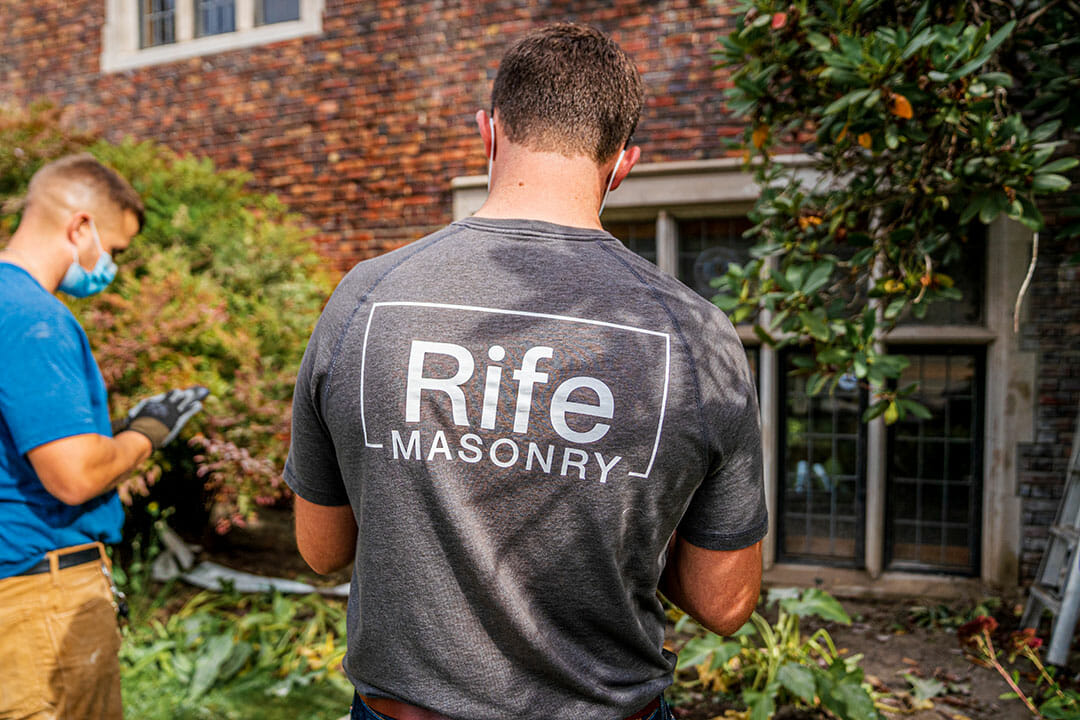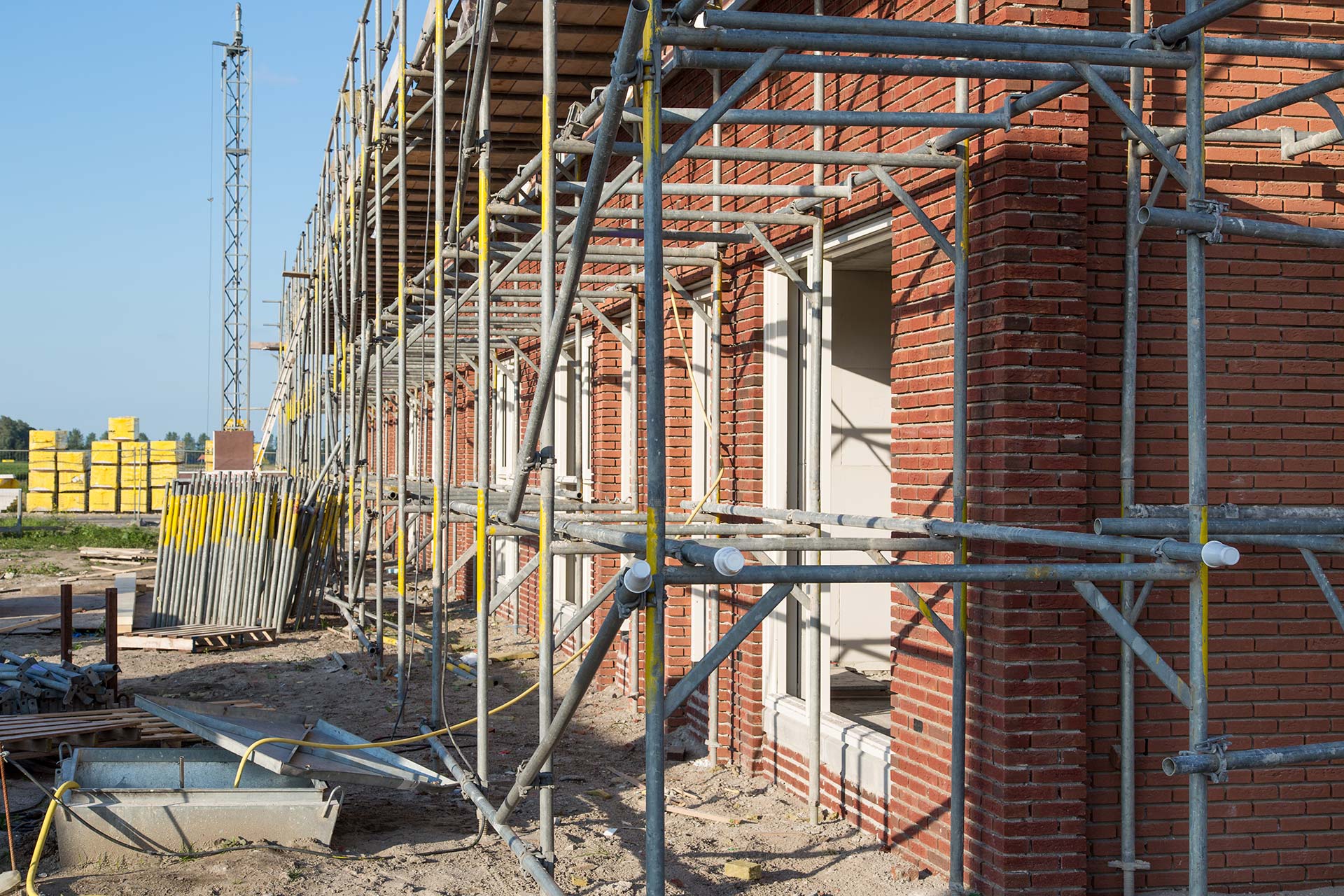Historic buildings are integral to any community’s culture and infrastructure. Churches, synagogues, theaters, museums, notable homes, government buildings, and various landmarks all signify a time or event in history worth remembering or celebrating. Not to mention that many historical landmarks are held in high regard by community members and serve as tourist attractions.
However, as most historic buildings are decades old, they are incredibly vulnerable to seismic activity because of their age and construction. Especially here in Seattle, where the looming threat of seismic activity poses a significant risk to their structural integrity. In order to preserve these historic buildings, the city, as well as building owners, must prioritize seismic retrofitting.
Seismic retrofitting is a masonry technique that provides old, historic buildings much-needed protection from earthquakes and other seismic activity, to ensure they remain standing for years to come. In this blog post, the Rife Masonry team will explore the importance of seismic retrofitting for historic buildings and the factors to consider before undertaking a historic retrofit project.
Understanding the Risk of Earthquakes for Historic Buildings
Over time, building materials have evolved, as well as engineering and construction techniques. Unfortunately, many historic buildings are built with stone or brick masonry and without the proper structural reinforcement and earthquake-proof technology we see today. As a result, they are more susceptible to collapse or extensive damage during an earthquake.
For example, historic buildings with unreinforced masonry walls are particularly vulnerable as they lack steel reinforcement or anchors to hold them down. Meaning unreinforced masonry buildings of a certain age are essentially just one seismic activity away from complete partial or complete collapse. The loss of these architectural landmarks can slowly erode our country’s history and can affect a city’s tourism economy and community morale.

The dilemma lies in how to preserve a buildings’ historical and architectural significance while ensuring it can withstand the effects of a potential earthquake and not put community members at risk. It can be done, but many factors must be meticulously taken into account.
What is Seismic Retrofitting and How Does It Work?
Seismic retrofitting is the process of strengthening and reinforcing historic buildings to make them more earthquake resistant. A retrofit contractor will first analyze the historic building’s structural vulnerabilities and draft up measures that improve its ability to withstand seismic forces. This can include anything from foundation bolting and shear wall construction to cripple wall bracing and roof-to-wall connections.
Retrofitting’s main purpose is to increase the building’s structural reinforcement, in order to better redistribute shock waves generated during an earthquake. This means that the building will absorb and dissipate the energy more effectively instead of crumbling or sliding off its foundation. Many modern buildings are built with increased reinforcement that is adept and withstanding and redistributing the impacts of earthquakes, but there was not the same engineering or earthquake technology with older buildings.
Benefits of Seismic Retrofitting for Historic Buildings
Seismic retrofitting for historic buildings offers a range of benefits that go beyond simply protecting them against damages. Some of the key advantages include:
Longer Architectural Lifespan
Not only does seismic retrofitting improve a building’s ability to withstand seismic forces, but it also extends its lifespan as it strengthens and improves its overall structural integrity. This means that it will be more able to withstand daily events and activities.
Preservation of Cultural Heritage
Historic buildings are the embodiment of a community’s history. With one earthquake or seismic event, this could all be taken away – robbing future generations of the opportunity to see and learn about the building’s cultural and architectural significance.
Protection of Economic Value
Historic buildings often serve as tourist attractions, bringing in visitors from far and wide who want to see and learn about them. Seismic retrofitting helps to safeguard this stream of revenue for a city’s economy, by ensuring these buildings remain structurally sound for the future.
Compliance with Building Codes
Retrofitting historic buildings to meet modern building codes not only improves their seismic resilience but also ensures compliance with city regulations. This helps building owners, as well as the city, avoid legal liabilities and fines.
Insurance and Funding Opportunities
Some insurance companies offer lowered premiums for buildings that are earthquake retrofitted. This is because they are better equipped to handle the effects of seismic shock waves, posing less of a risk for nearby buildings and their occupants. Additionally, funding options, grants, or tax incentives are available specifically for seismic retrofitting projects.
As these examples prove, seismic retrofitting is not just about protecting historic buildings; it’s about preserving a community’s cultural heritage and infrastructure, ensuring public safety, and maintaining a healthy tourism economy.

Factors to Consider Before Starting a Seismic Retrofitting Project
Retrofitting a historic building is a delicate balancing act as it involves reinforcing the structure without compromising its architectural integrity.
Before undergoing one of the highly- complex projects, there are several important factors for building owners and retrofit contractors to consider.
Building Assessment
An experienced masonry contractor should thoroughly assess the historical building’s structure. This includes looking for vulnerabilities and structurally weak areas, evaluating the building materials used, taking note of the foundation’s condition, and looking at the types of buildings surrounding it. The contractor should also have in-depth knowledge of the required building codes in order to develop an accurate and comprehensive retrofitting plan.
Historical Significance
When planning a retrofit, the building owner and masonry contractors should work with architects and engineers experienced in historic preservation. They can help achieve a mutually beneficial end result, where the building is properly reinforced and up to regulatory code while its architectural value remains intact.
Budget and Resources
Retrofitting projects may be costly, so establish a budget and secure funding sources before starting the project. Consider seeking funding options and grants that specifically support the preservation of historic buildings.
Legal and Regulatory Requirements
As most building owners know, they must abide by certain building codes and regulations. For example, the City of Seattle states that all buildings built before 1980 must be retroactively retrofitted (or one will be subject to fines in violation). Working with city officials and a knowledgeable masonry contractor will help to streamline the process and avoid potential legal liabilities.
Project Timeline
When planning to undergo a science retrofit fit project, building owners, as well as city planning officials, must consider how long it will take. This is especially true for historic buildings frequently visited by tourists or community members. They should prepare for potential disruptions, such as temporary closures or relocation of occupants, as well as notify nearby property owners that an extensive construction project is taking place.
Seismic Retrofitting and Historical Masonry Restoration in Seattle
Rife Masonry has extensive experience in seismic retrofitting as well as historic masonry restoration. Not only are we proudly certified in Historic Masonry Preservation by the International Masonry Institute, but we stay up-to-date on all the latest industry standards and practices.
Our team of professional masonry contractors can help assess the structural condition of your historical building and recommend the best course of action. We’ll then work alongside a team of engineers and local government officials to ensure the project is carried out seamlessly. We consider it a unique privilege to preserve Seattle’s historic buildings for future generations with the utmost care. Contact Rife Masonry today to schedule a consultation and start the process of retrofitting your historic building.


